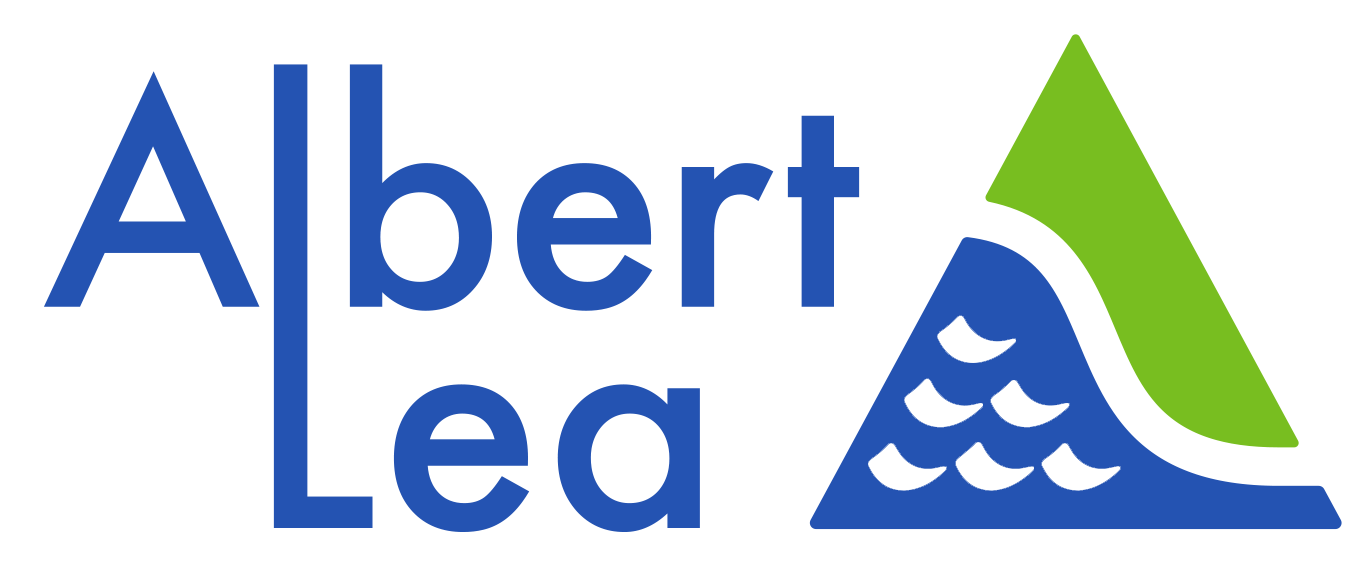For immediate release
Oct. 27, 2023
Media contact: Civil/Environmental Engineer John Ryther, 507-377-4327 or [email protected]
Pumpkins after Halloween: Compost, plant seeds or feed animals
Every year, millions of pumpkins are carved for Halloween, but what should be done with them when the holiday is over? Instead of tossing them into the garbage, consider environmentally-friendly and wildlife-boosting alternatives.
Composting, for instance, is an excellent way to minimize food waste and enrich garden soil. To do this, remove any candles, decorations and seeds from the pumpkin, cut into small pieces, and add to the compost heap. Pumpkins are rich in nitrogen which helps speed up the composting process.
Composting at the City of Albert Lea transfer station, 2506 Richway Drive, is also an option. Compost permits are available for an annual fee of $13. Permits can be purchased at the Transfer Station and at the Engineering Department at City Hall, 221 E. Clark St.
Another option is to feed pumpkins to wildlife. Birds, squirrels and other creatures eat pumpkin seeds and flesh. Create a wildlife feeder by filling pumpkins with seeds and nuts, or cut pumpkins into pieces and scatter them in a yard.
Farmers may also be interested in leftover pumpkins for animal feed.
Planting pumpkin seeds can lead to a new crop next year. Clean and dry the seeds, then plant them in a sunny garden spot, leaving plenty of space for growth.
Burying pumpkin pieces or the entire pumpkin enriches garden soil. As the pieces decompose, they will release nutrients beneficial to plants.
Instead of being waste, pumpkins can enrich gardens and feed wildlife. Turn Halloween traditions into caring for the environment and taking responsibility for its well-being.
Increasing composting is part of the city’s ongoing efforts to promote sustainability and reduce greenhouse gas emissions as outlined in the city’s Climate Action Plan.
#
The mission of the City of Albert Lea is to deliver exceptional services that enhance the quality of life for current and future generations.
